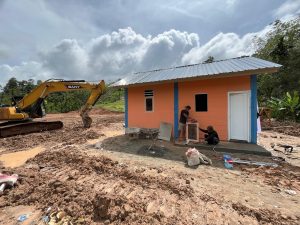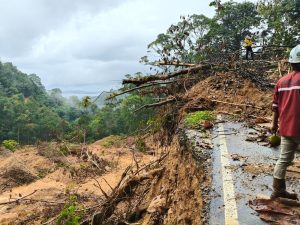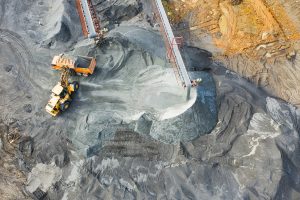Jakarta – PT Pertamina Hulu Energi (PHE) is developing a carbon capture and storage (CCS) hub and satellite facilities in Indonesia to serve local emitters while targeting opportunities in the global carbon market.
Director of Investment & Business Development at PHE, Dannif Utojo Danusaputro, said that Carbon Capture Storage (CCS) and Carbon Capture Utilization Storage (CCUS) technologies will be essential pillars for Indonesia’s energy transition.
“In addition to the hub and satellite, we are also conducting development studies in four other locations, such as the Central Sumatra Basin, South Sumatra Basin (saline aquifer), East Java Basin, and Jambaran Tiung Biru (JTB) Field,” said Dannif at the Asia Pacific CCUS Conference & Exhibition 2025 in Kuala Lumpur, Malaysia, August 26-27, 2025.
PHE has recorded a potential carbon storage capacity of 7.3 gigatons (GT) in saline aquifers and depleted oil/gas fields in various regions of Indonesia. From this potential, the company aims to develop CCS/CCUS clusters with an end-to-end (E2E) process capacity of approximately 60 metric tons per year (MTPA).
Two major projects are being prepared: the Asri Basin CCS Hub in western Indonesia, with a capacity of 1.1 GT, and the Central Sulawesi Basin CCS Hub in eastern Indonesia, with a capacity of 1.9 GT. Additionally, PHE will construct three satellite CCS facilities in the South Sumatra Basin, Sukowati CO₂ EOR, and East Kalimantan.
Need government support
To ensure the sustainability of the CCS industry in Indonesia and the Asia Pacific, PHE considers the government’s role to be crucial. According to Dannif, five main areas of support are needed. The first is project funding through a specialised institution, similar to the UK’s CCS Infrastructure Fund (CIF). The second is related to a broader carbon pricing mechanism, not only in the coal-fired power plant sector, such as the Emission Trading System (ETS) in the UK.
Third, research and development (R&D) funds should be allocated to accelerate technology adoption, following the example of the US Department of Energy, which has allocated USD 3 billion.
Fourth, clear and detailed CCS technical and safety standards. Fifth, cross-border CCS business governance, such as the international carbon trading model implemented by Norway.
“Domestic and international emission-producing industries are potential markets for Indonesia’s CCS ecosystem. With the right policy support, Indonesia can become a major player in CCS in the Asia Pacific region,” Dannif said. (Hartatik)
Banner photo: Image generated by OpenAI’s DALL·E via ChatGPT (2025)














